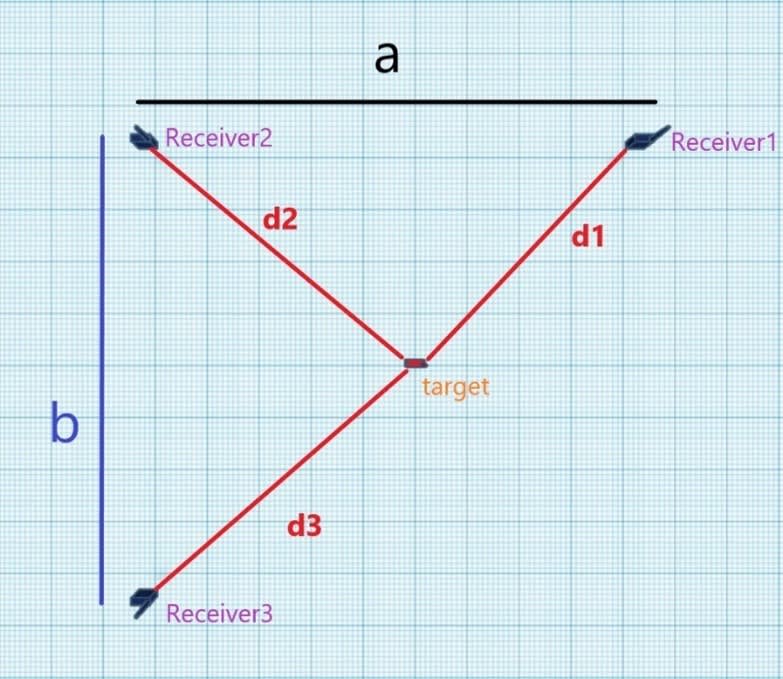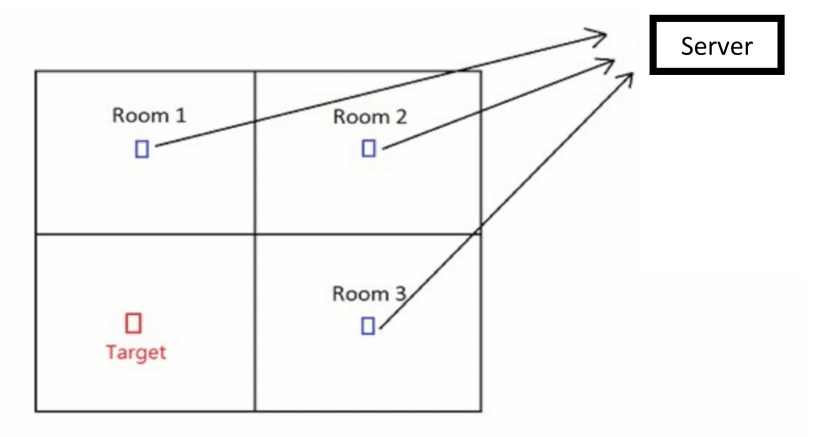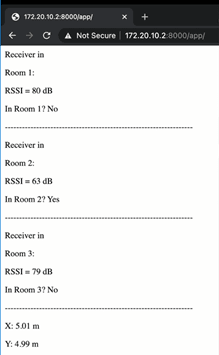LoRa Location Checker (Champion)
Follow articleHow do you feel about this article? Help us to provide better content for you.
Thank you! Your feedback has been received.
There was a problem submitting your feedback, please try again later.
What do you think of this article?
By Yin Shun Julian, WONG | Shi Pan, WONG | Kam Tsung, SHEA
Recently some news have been reported that COVID-19 patients escaped from hospitals and elderly people were missing from elderly home. They shows that tracing objects are very important in many applications. Usually GPS is the most popular tools to trace objects or people. However, in Hong Kong, there are many tall buildings and the performance of GPS (Global Positioning System) tracking is significantly degraded in this environment. Moreover, GPS cannot work properly in indoor environment. This project is to develop a LoRa localization system to solve the above problem. The system can check the current locations of users to prevent them missing from hospitals or elderly homes.
The idea is simple: suppose a user we need to trace his/her location in a building with many rooms. The user wears a LoRa transmitter and each room has a LoRa receiver with a microcontroller. We measure the RSSI (Received Signal Strength Indicator) of the signal transmitted by the target to find out which room the target stays in and roughly estimate the location of the target.
LoRa is one of the most popular LPWAN (Low Power Wide Area Network) technologies. It supports long range communication and its power consumption is low. We establish a LoRa network with XinaBox USB Programming Interface Module FT232R-IP01 and xCHIP LoRa Module CR02 with IPEX to SMA Antenna.
Figure 4.1: Some news about people tracing
Figure 4.2: LoRa Location Checker (source: www.straitstimes.com)
In this project, we estimate the distance between a sender and a receiver by measuring its RSSI (Received Signal Strength Indicator). The relationship between a distance d and its RSSI value is shown below:
where a is the path loss exponent and d0 is a reference distance. This relationship has been investigated and validated (see Fig. 4.3). We measure three RSSI values to the distances between a target and three different receivers and estimate the location of the target by the following equations (see Fig. 4.4):
where (x, y) are the coordinate of the target. Thus, we have
Figure 4.3: The relationship between the distance (x-axis) and its RSSI value (y-axis)
Figure 4.4: The distances between the target and three different receivers
To demonstrate the system, we install it into three rooms (see Fig. 4.5). There are two components in this system. They are LoRa transceivers and a web server. One LoRa transceiver acts as the target. It sends signals to other three LoRa transceivers (they act as receivers and there is one receiver in each room). The receivers receive signals from the target and send the measured RSSI values to the web server. The web server then estimates the location of the target by using the equations. We can access the server through a web browser in a mobile phone. In the web browser, we can get a RSSI value from each room. Moreover, the web server determines which room can find the target. Finally, the estimated location of the target is shown at the bottom of the web page (see Fig. 4.6). In the attached demonstration video, we can see that the system can locate the target properly.
Figure 4.5: The demonstration scenario
Figure 4.6: The web page generated by the web server
In the future, we expect the size of the transceiver can be further reduced by using G-NceRF LoRa 1280-81 Series (16 x 17 mm) and Li-Polymer Battery MIKROE-2759 (23.5 x 24.5 mm). Moreover, an app should be developed for nurses or administrators to monitor patients or elderly people.
Comments from judges: We appreciate that the team carried out many experiments to investigate the performance of LoRa localization and built up a complete system to demonstrate their idea. It may be a good idea if they investigate the possibility to involve Bluetooth for both indoor and outdoor localization.









